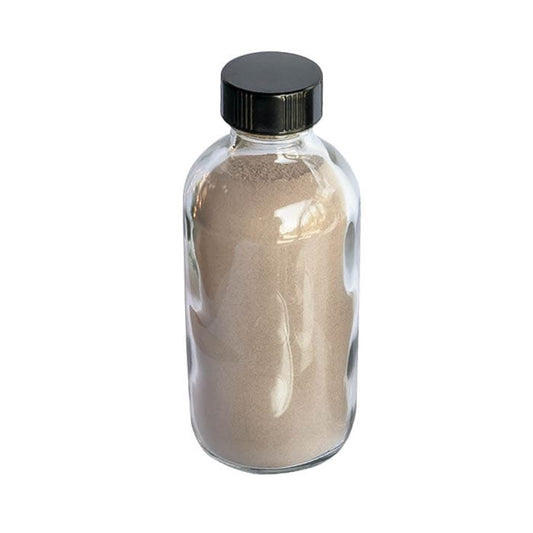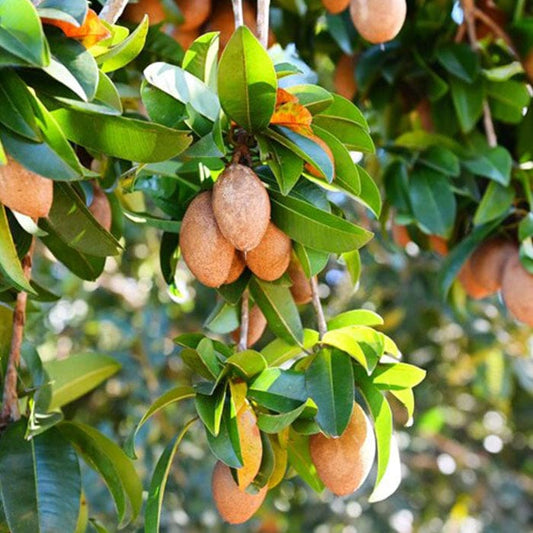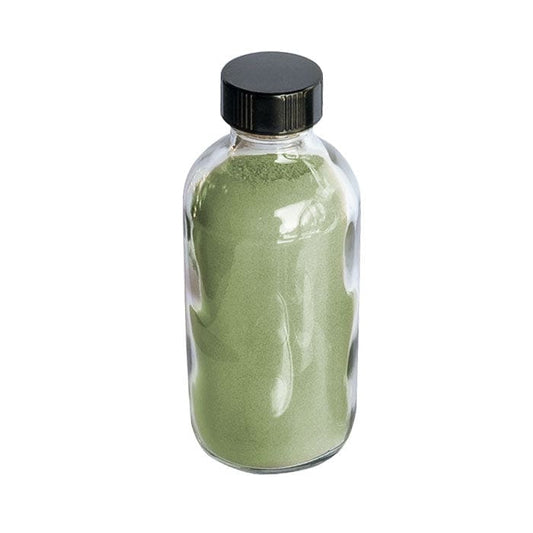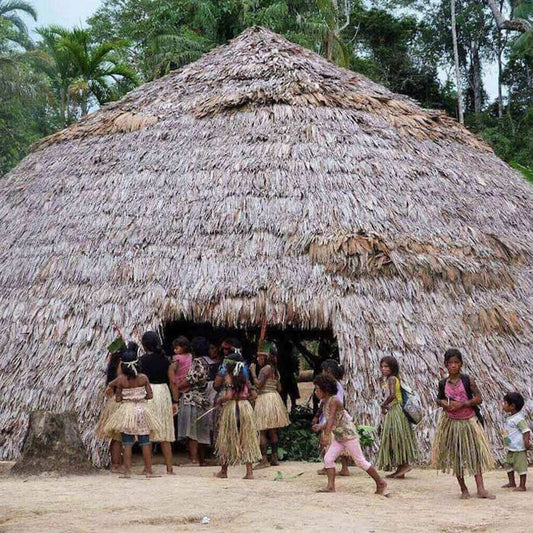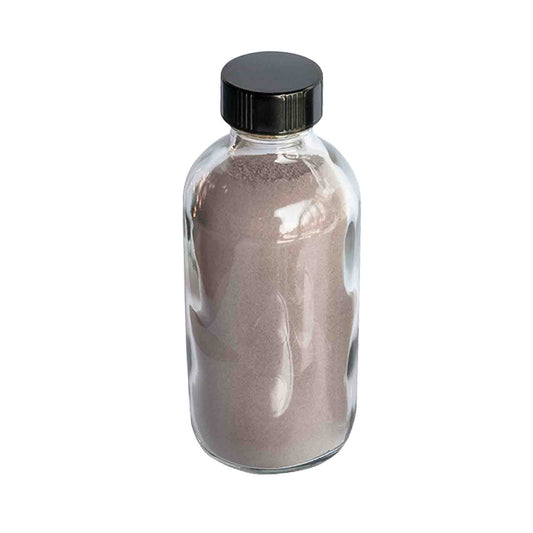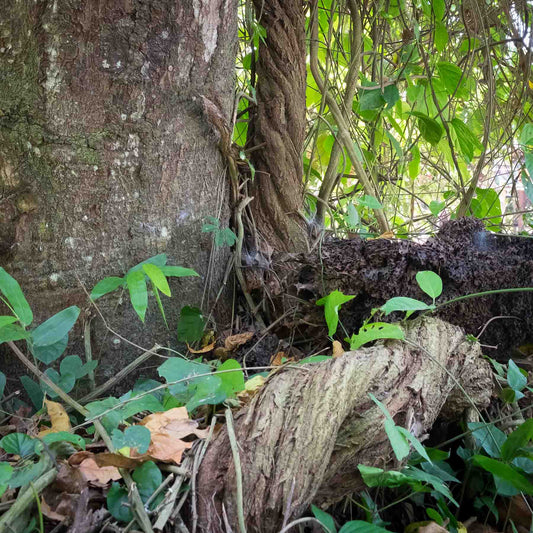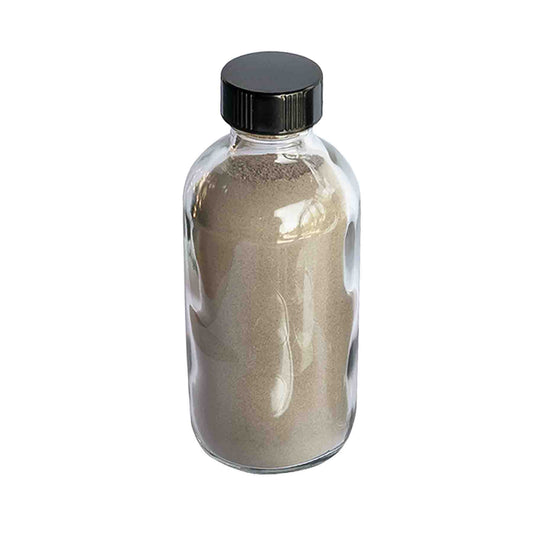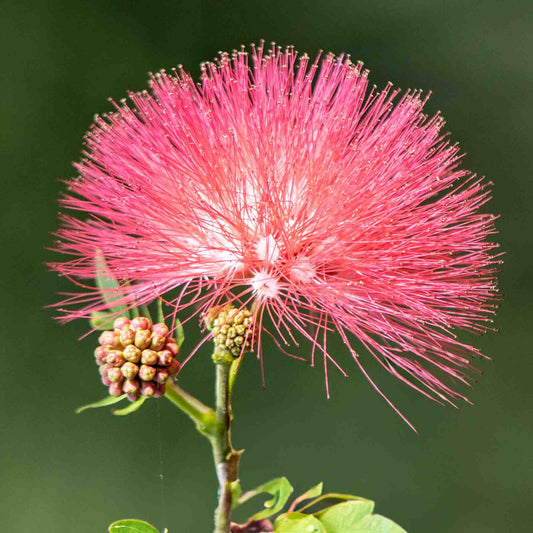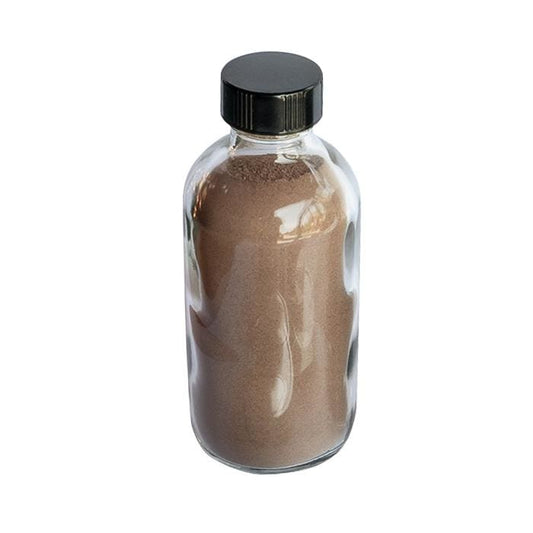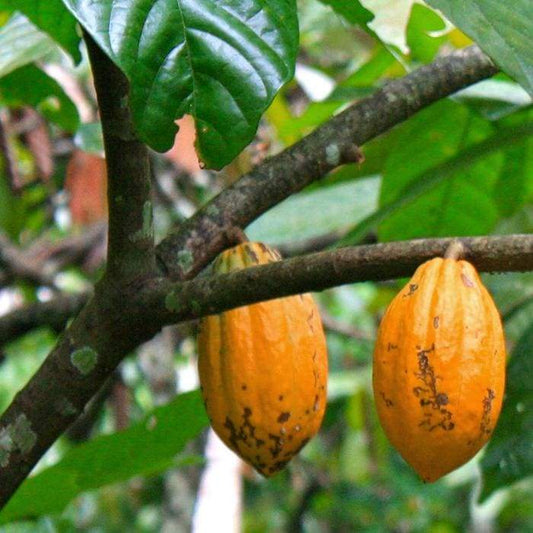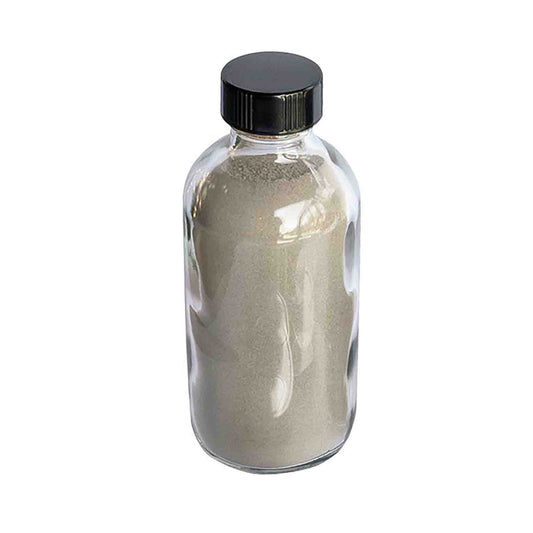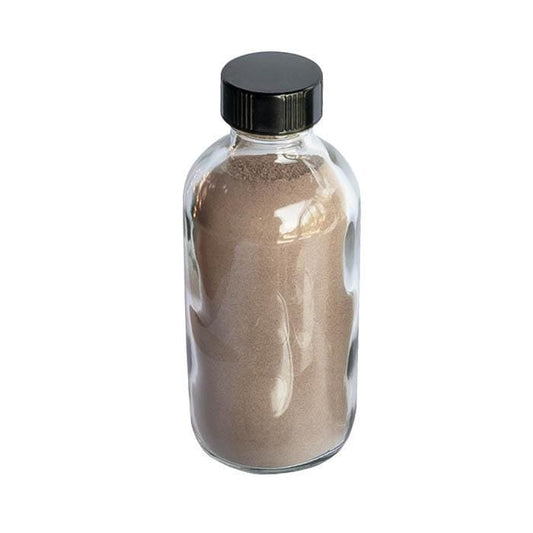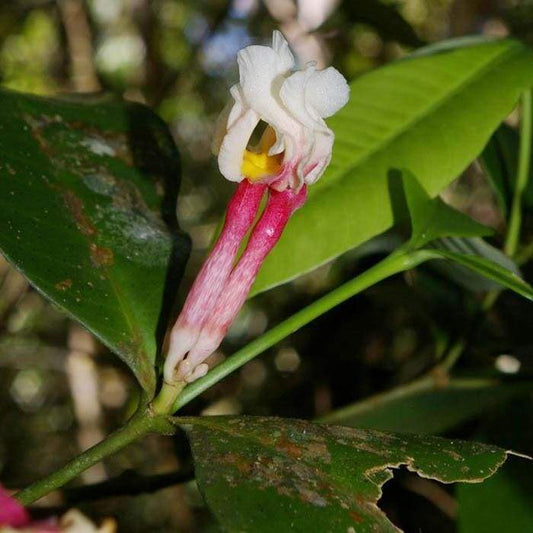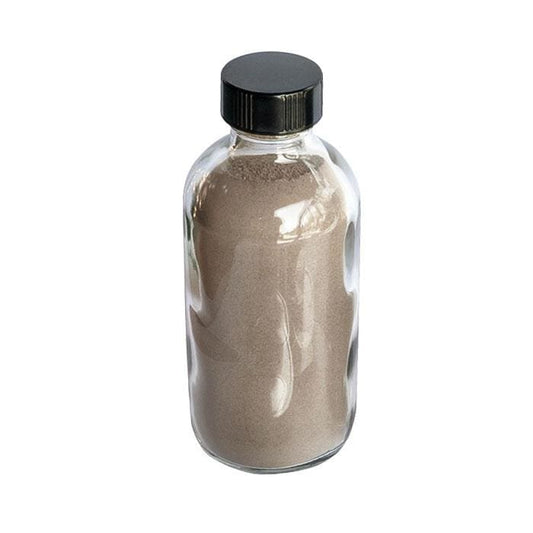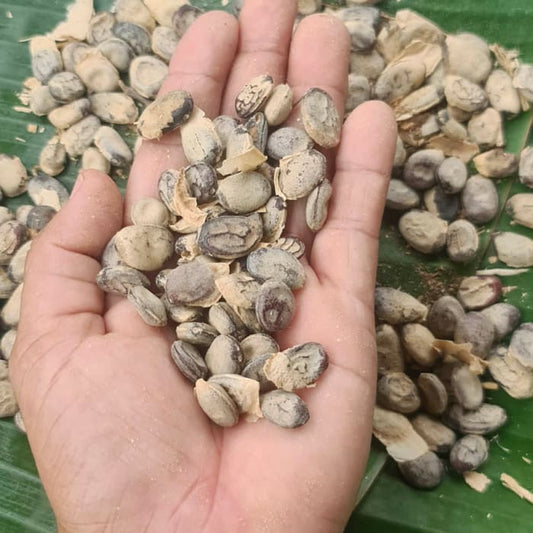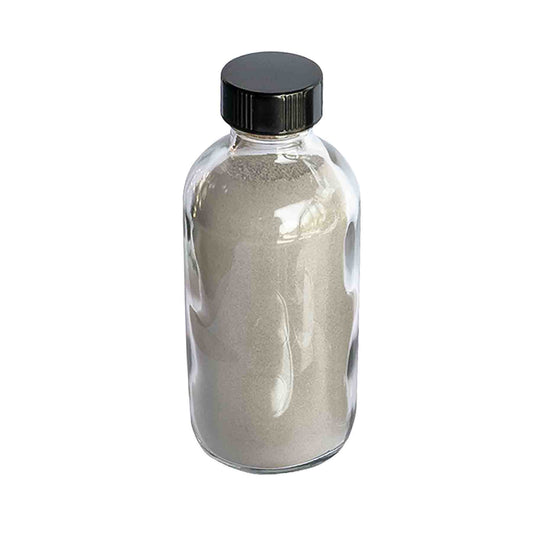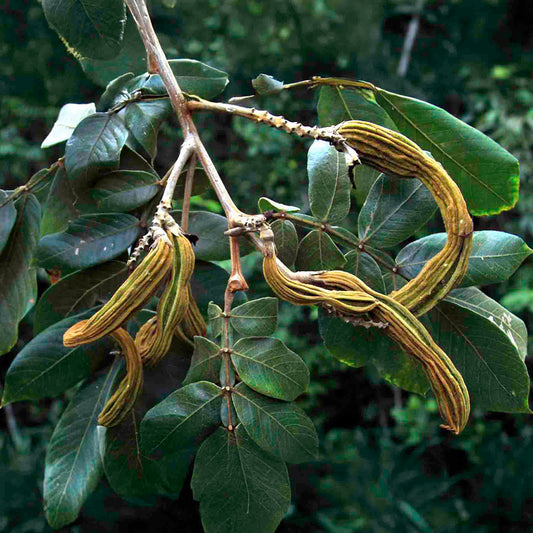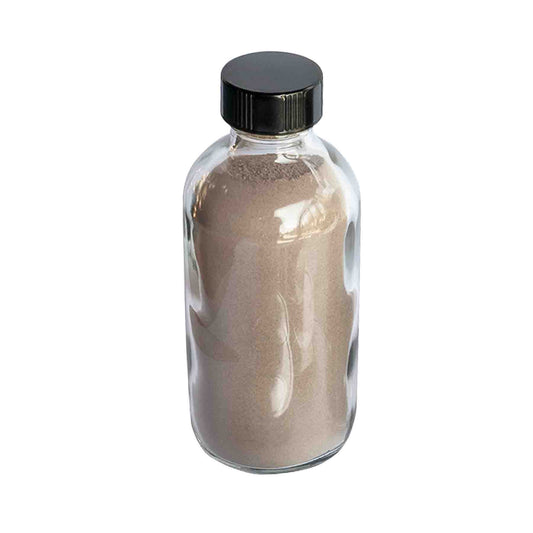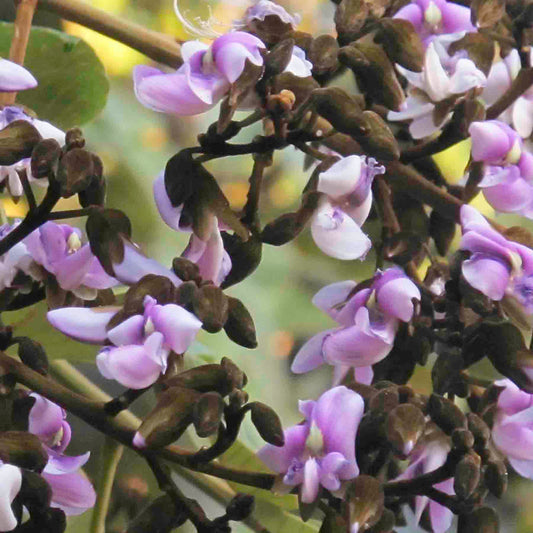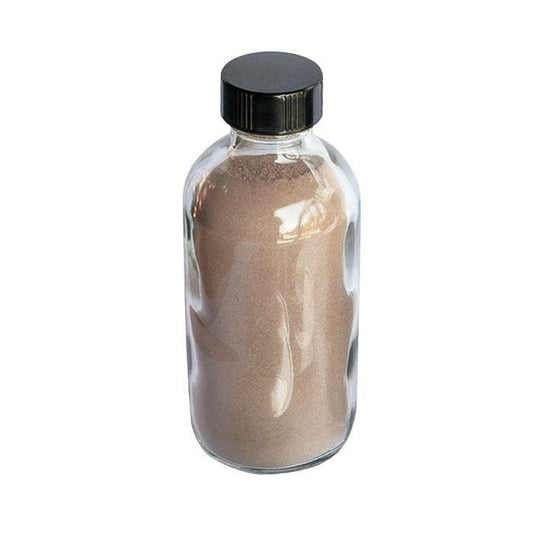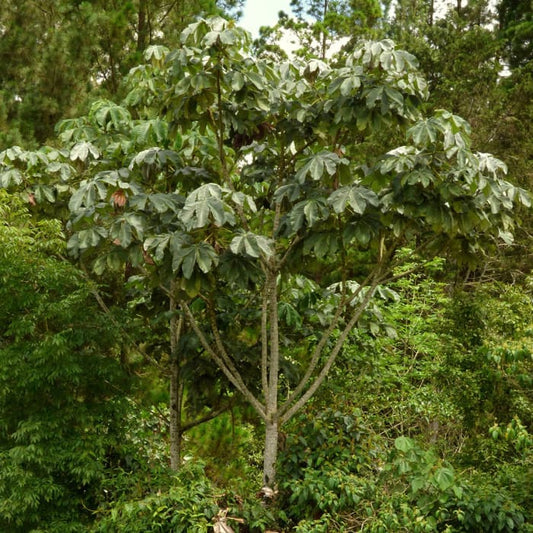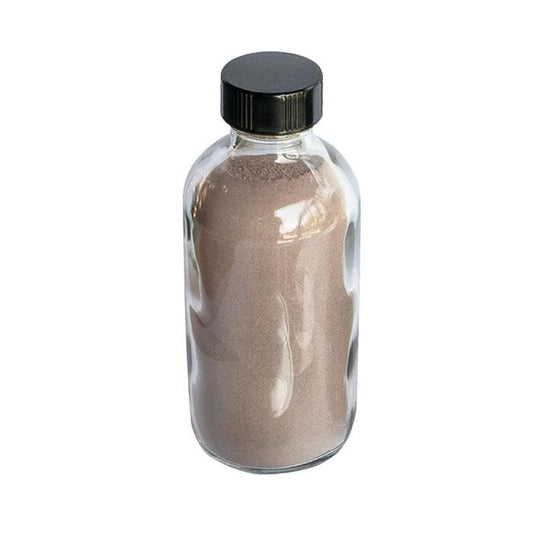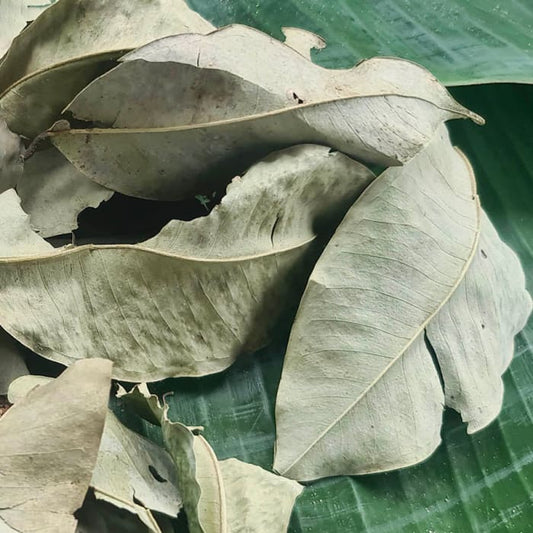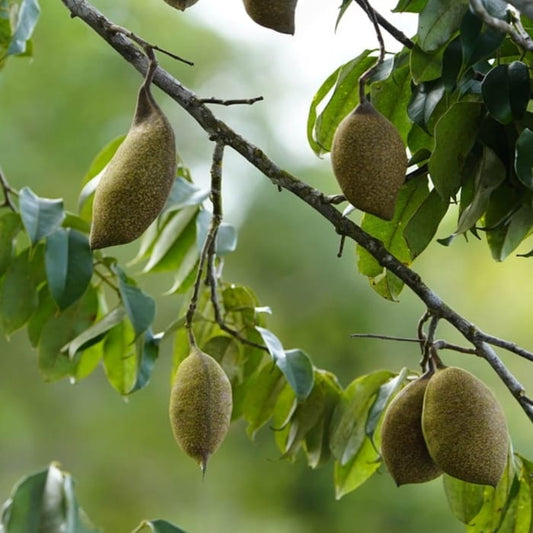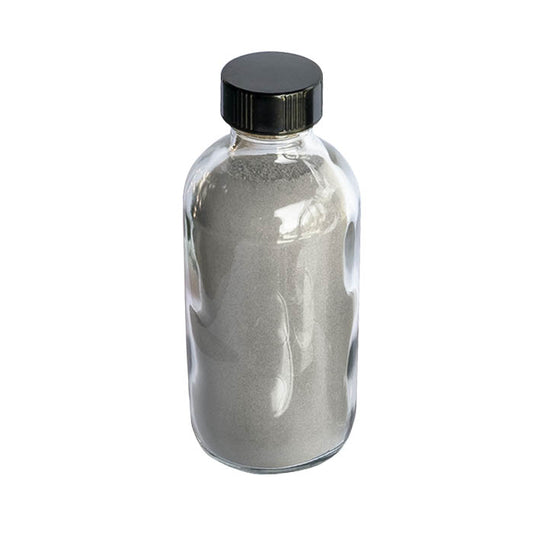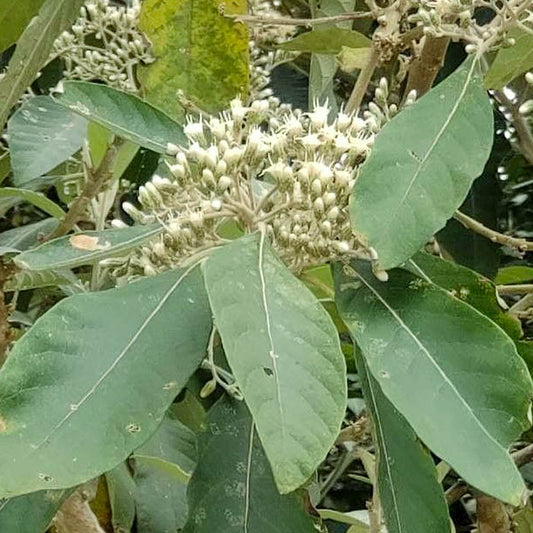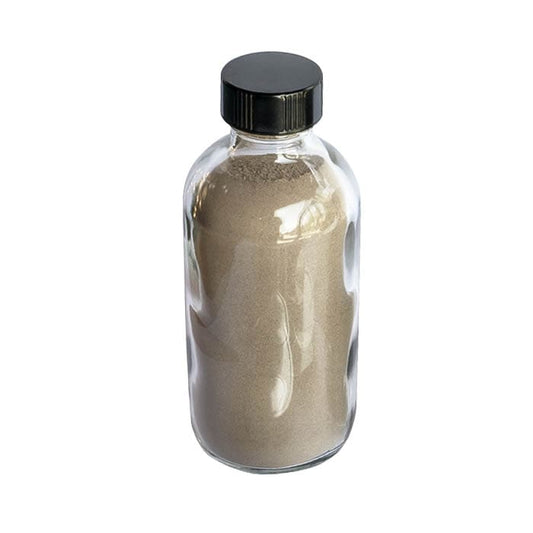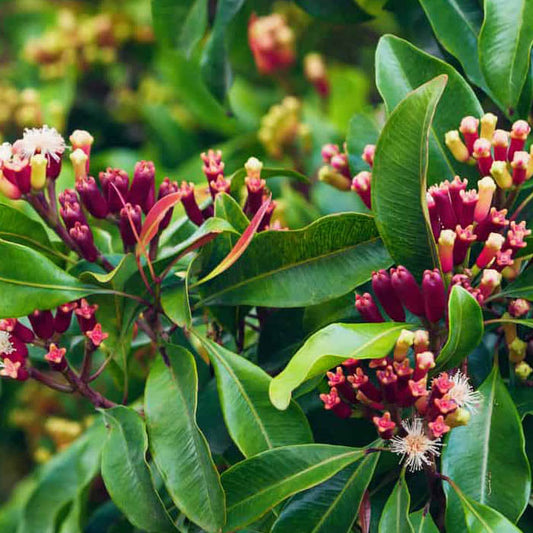Collection: Rapé (Hapé) | 65+ Tribal Blends
Explore our extensive collection of Rapé (Hapé), the sacred Shamanic Snuff. Since 2015, we have sourced directly from Amazonian tribes such as the Yawanawá and Nukini.
New to rapé? Learn about its origins, use, and benefits in our full guide.
Looking for a unique Kuripe pipe for Rapé application? Browse our Kuripe Collection today.
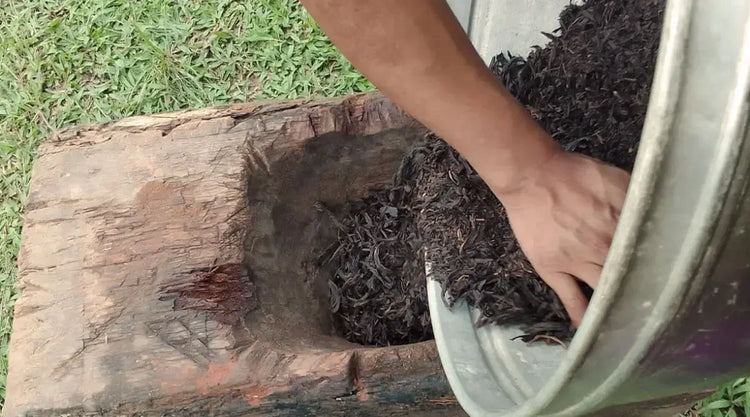
-
Apuxuri Hapé – Kuntanawa Tribe
5.0 / 5.0
(11) 11 total reviews
Regular price From $ 5.00 USDRegular price -
Awiry Hapé – Apurinã Tribe
4.83 / 5.0
(6) 6 total reviews
Regular price From $ 5.00 USDRegular price -
Ayahuasca Hapé – Kuntanawa Tribe
4.95 / 5.0
(60) 60 total reviews
Regular price From $ 5.00 USDRegular price -
Bobinsana Hapé – Yawanawa Tribe
4.85 / 5.0
(26) 26 total reviews
Regular price From $ 5.00 USDRegular price -
Cacau Hapé – Katukina Tribe
5.0 / 5.0
(19) 19 total reviews
Regular price From $ 5.00 USDRegular price -
Canela de Velho Hapé – Yaminawa Tribe
5.0 / 5.0
(1) 1 total reviews
Regular price From $ 5.00 USDRegular price -
Chichá Hapé – Katukina Tribe
5.0 / 5.0
(5) 5 total reviews
Regular price From $ 5.00 USDRegular price -
Cumaru Hapé – Katukina Tribe
5.0 / 5.0
(7) 7 total reviews
Regular price From $ 5.00 USDRegular price$ 0.00 USDSale price From $ 5.00 USD -
Elixir Hapé - Nukini Tribe
5.0 / 5.0
(2) 2 total reviews
Regular price From $ 5.00 USDRegular price -
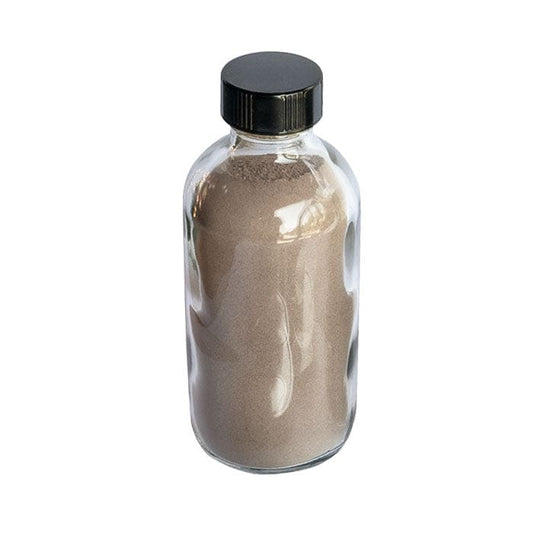
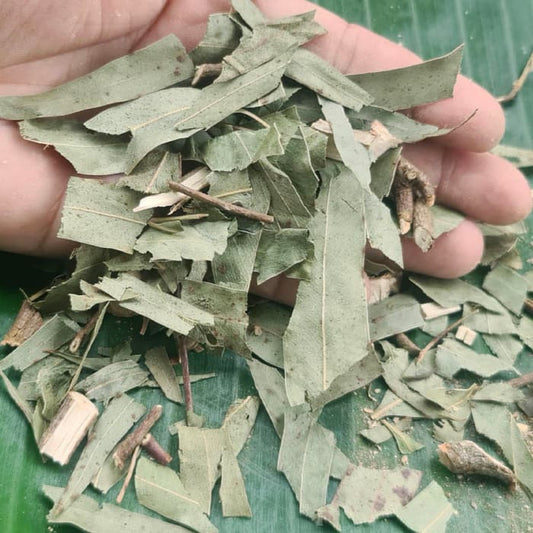 Sold out
Sold outEucalyptus Hapé – Yawanawa Tribe
4.9 / 5.0
(10) 10 total reviews
Regular price From $ 2.50 USDRegular price$ 5.00 USDSale price From $ 2.50 USDSold out -
Força Feminina Hapé – Yawanawa Tribe
4.9 / 5.0
(20) 20 total reviews
Regular price From $ 5.00 USDRegular price -
Iutikawa Hapé – Kuntanawa Tribe
4.67 / 5.0
(3) 3 total reviews
Regular price From $ 5.00 USDRegular price -
Jenipapo Hapé – Puyanawa Tribe
Regular price From $ 5.00 USDRegular price -
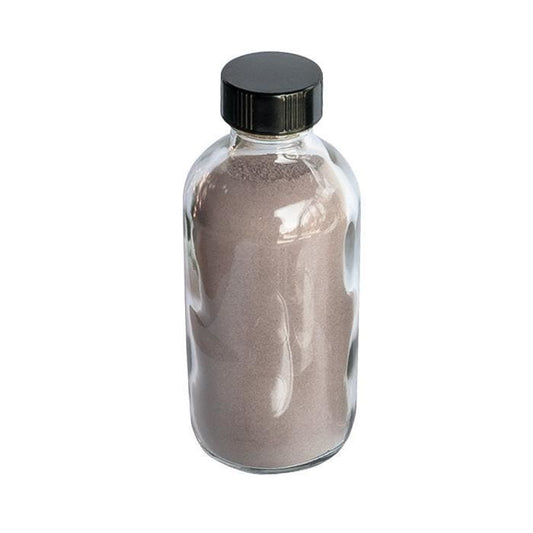
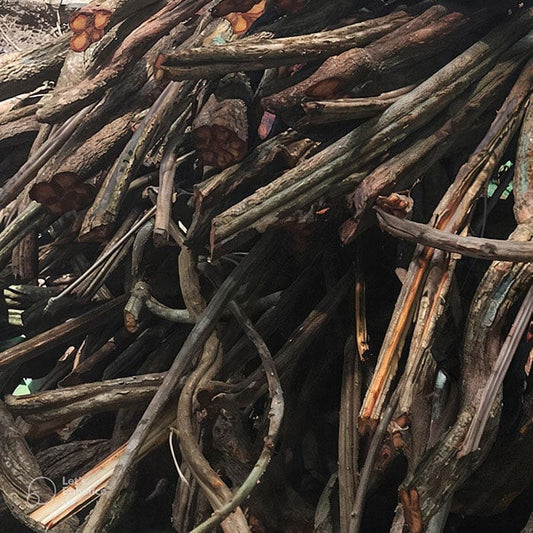 Sold out
Sold outJibóia Vine Hapé – Kuntanawa Tribe
5.0 / 5.0
(5) 5 total reviews
Regular price From $ 2.50 USDRegular price$ 5.00 USDSale price From $ 2.50 USDSold out -
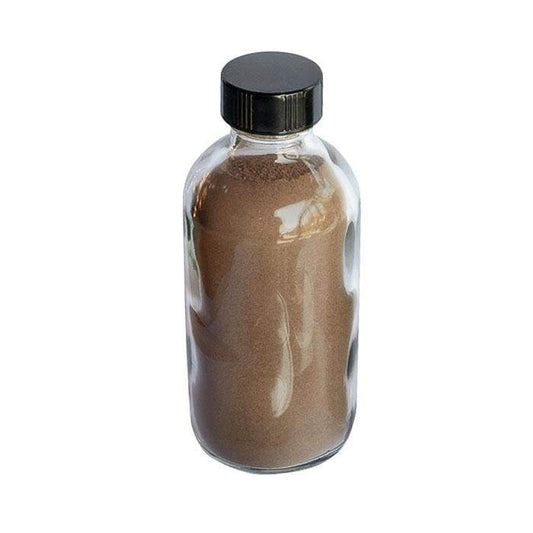
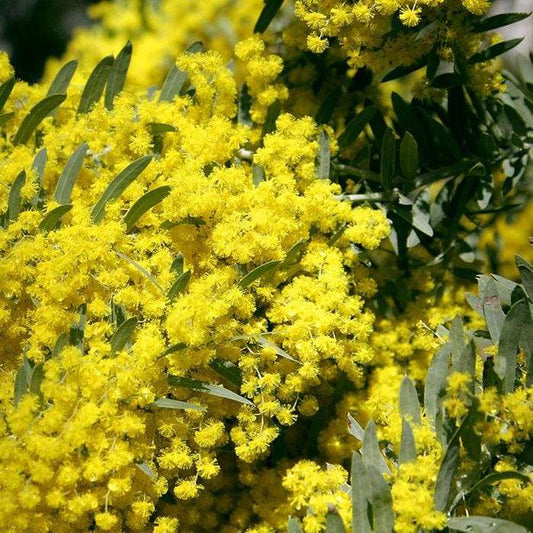 Sold out
Sold outJurema Hapé – Katukina Tribe
5.0 / 5.0
(11) 11 total reviews
Regular price From $ 5.00 USDRegular price -
Katsaral Hapé – Yawanawa Tribe
5.0 / 5.0
(8) 8 total reviews
Regular price From $ 5.00 USDRegular price$ 0.00 USDSale price From $ 5.00 USD -

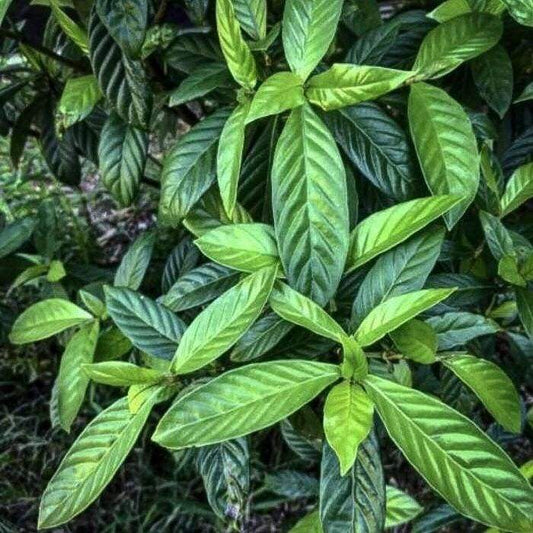 Sold out
Sold outKawakaya Hapé – Kuntanawa Tribe
5.0 / 5.0
(6) 6 total reviews
Regular price From $ 2.50 USDRegular price$ 5.00 USDSale price From $ 2.50 USDSold out -
Kumarui Hapé – Kuntanawa Tribe
5.0 / 5.0
(4) 4 total reviews
Regular price From $ 5.00 USDRegular price -
Limpeza Astral Hapé – Nukini Tribe
5.0 / 5.0
(6) 6 total reviews
Regular price From $ 5.00 USDRegular price -
Lourinho e Cravinho Hapé – Nukini Tribe
5.0 / 5.0
(8) 8 total reviews
Regular price From $ 5.00 USDRegular price$ 0.00 USDSale price From $ 5.00 USD

